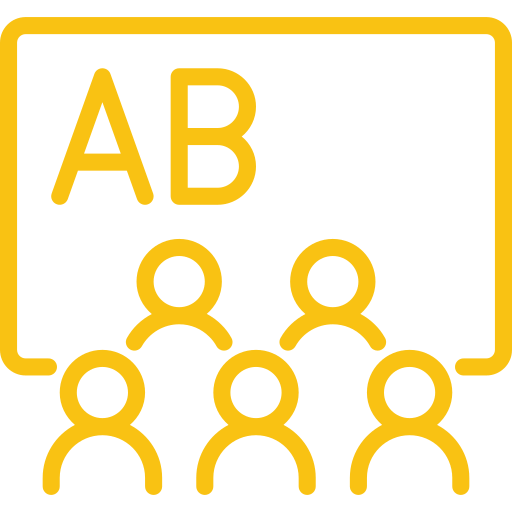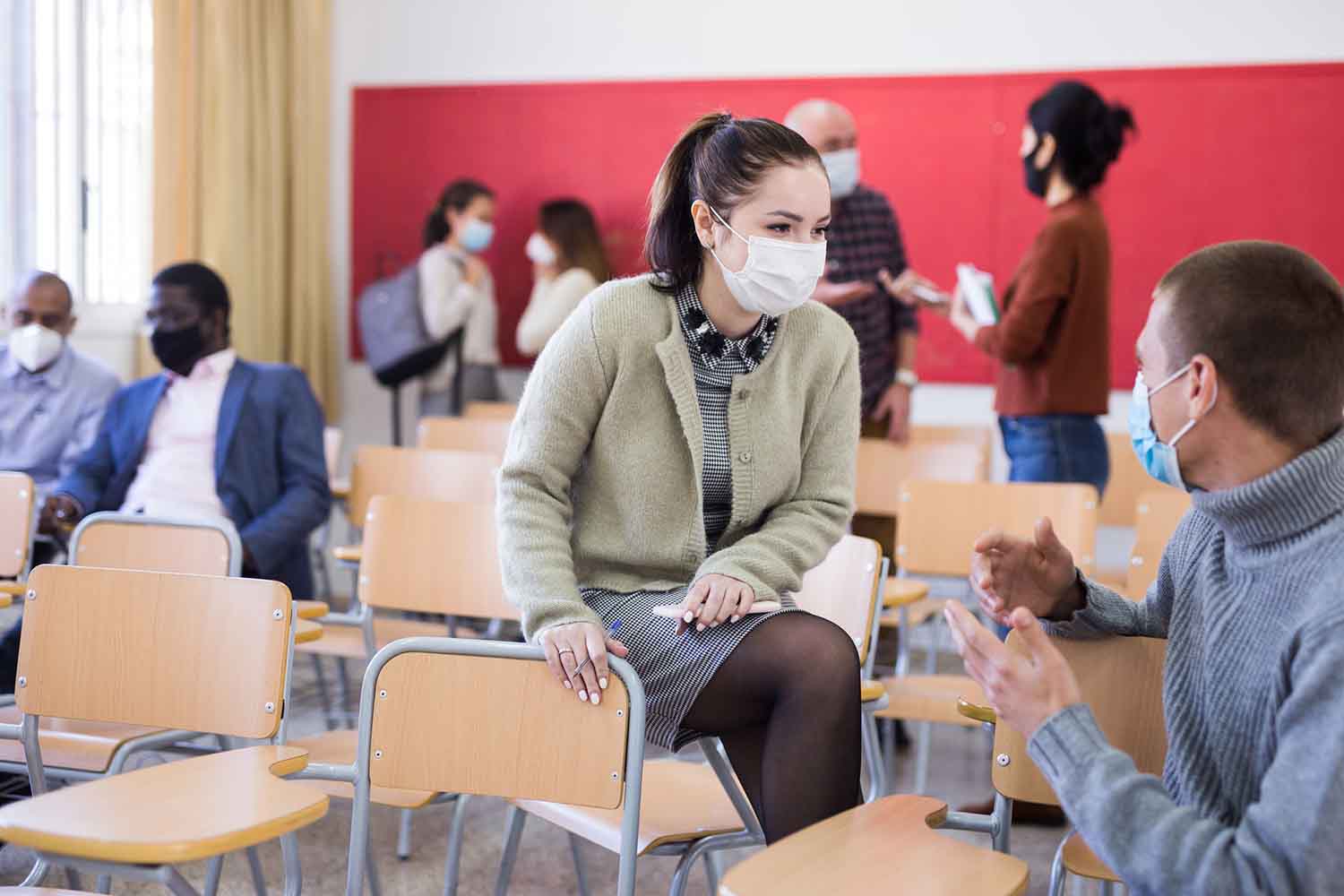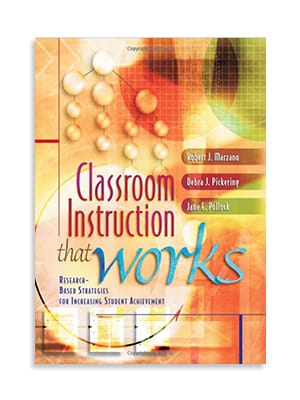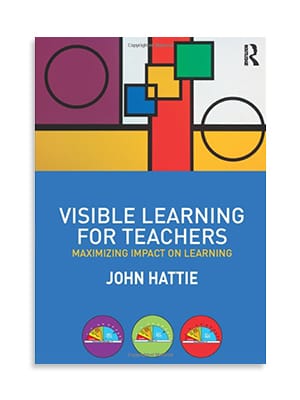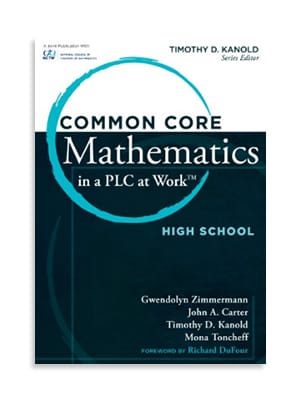As more students return to classrooms, many teachers look forward to the return of vibrant classroom discussions. The opportunity to discuss important issues and share concerns with students boosts learning and builds classroom community. The following strategies from author Jeff Zwiers (Next Steps with Academic Conversations) can help teachers foster more successful (and harmonious) classroom conversations. These steps can be especially helpful when helping students tackle challenging or controversial topics.
Step 1: Talk about Students’ Beliefs and Assumptions
The authors of The Influential School Leader believe the key to improving school conversations is to establish and reinforce positive beliefs about the purpose and goals of communications.
When we take the time to talk about these beliefs before we start discussions, we can help students (and adults) have more positive, welcoming interactions. Ultimately, our classroom culture will be more positive when we establish and affirm these positive beliefs, below.
|
Beliefs that Foster Open Communication |
|
| We all have information to share. | People can disagree with us and still have good motives. |
| Each of us sees things that others do not. | Differences are opportunities to learn more from each other. |
There are also some negative assumptions or beliefs that discourage productive discussion. Sadly, the authors say these assumptions (below) are common in schools, especially when they are reinforced by “repeated, hostile interactions” by students, teachers, or administrators who dislike when others disagree with them. Our goal is to help students be more aware of their own beliefs and how they can help or hinder open, honest communication.
|
Beliefs that Discourage Open Communication |
|
| I am right; those who disagree with me are wrong. | Those who disagree with me have questionable motives. |
| I understand the situation & those who disagree don’t. | Differences are inconvenient and must be “fixed.” |
Step 2: Teach Students to Build Up Both Sides of an Issue First
One of the worst habits people have when discussing or debating an issue is to start off picking a side (and then refusing to support or even consider the other side). When students “take sides” first in an academic discussion, they do not learn as much about the topic or think as deeply about potential solutions. To prevent this “bad habit,” encourage students to work collaboratively to build up both/ all sides of an issue first and reserve their judgments as much as possible until the end. Students also need to hear that it’s okay to change their mind if the other side’s evidence weighs more!
Step 3: Help Students Decide How to Evaluate Evidence
Once students work together to build up both (or all) sides of an issue, we often ask them to consider the best decision or outcome. While they might evaluate the evidence based on their “gut instincts,” that isn’t always consistent or reliable. Instead, students should be taught to use clear criteria, i.e., a rule used to judge the value.
Sometimes criteria are straightforward, such as how much time or money it will take, which makes it easy to assess which plan or idea is better. Yet, we are often asked to consider subjective evidence and reasoning, which makes it more difficult to evaluate. (Imagine trying to evaluate Christopher Columbus’ historical impact given all the controversies we know about him.)
To avoid confusion and tension, teach students to use logical, common criteria to evaluate evidence that they can agree on from the start. For example, if students are evaluating the impact of cutting down trees in the rainforest, they might use the criteria of short- and long-term financial gains, loss of habitat, and environmental impact. Teachers should help students understand criteria and its purpose in argumentation through direct instruction. Some common criteria students can learn to use include: What is the financial cost? How beneficial or harmful is it to health? How respectful is it to human rights? How credible is the source of this evidence? I can think of a few class conversations where establishing criteria ahead of time would have led to fewer arguments or tense moments between students with differing opinions!
Step 4: Encourage Students to Recognize and Avoid Faulty Logic, Bias, and Persuasion
Many discussions, even among adults, get derailed by conversation “tricks” people use. It helps to review these tactics with students, so they can recognize when others use them and avoid using them in their own thinking and conversations!
- Persuasive Techniques: These tactics are used to sway an audience into making uninformed or illogical decisions. Students can learn to identify these techniques in advertisements and in political speech. They include bandwagon appeals, exaggeration, flattery,
- Faulty logic: People often use faulty reasoning to support their opinions. For example, a faulty causality occurs when someone tries to link an outcome to particular cause without solid evidence: “Every time I wash my car, it rains!” False logic is arguing that a point is true because its opposite cannot be proved: “Since there is no evidence she stole the diamonds, it is clear you lost them instead.”
- Bias: Bias in conversation means the speaker includes only certain facts to make something look better or worse than it is, or she uses language that favors a specific perspective. For example, a speaker might choose to include only the most shocking statistics to inflate an issue.
We can help students have more productive, harmonious discussions (and make better decisions) by helping them see how others try to persuade them to think and act. With each of the steps above, students learn to work together to discuss and solve problems. Their ability to make informed, logical decisions as part of a community can have a lasting impact on the quality of their lives.
